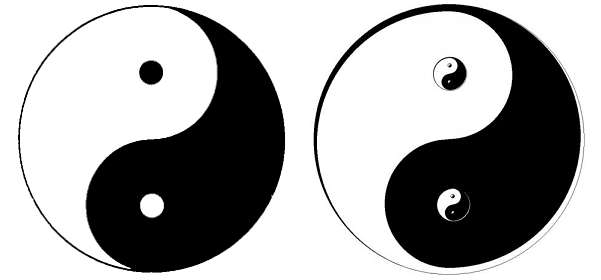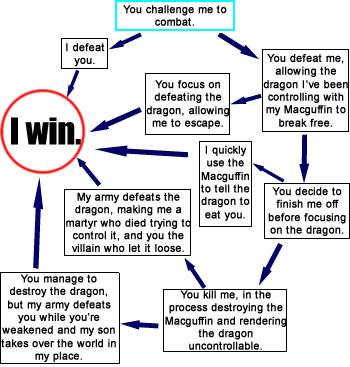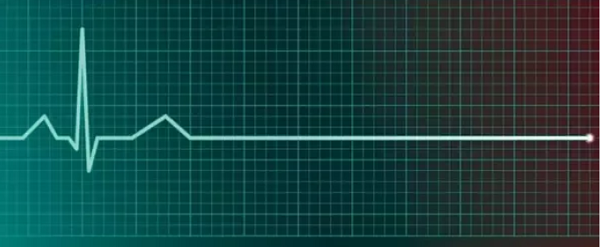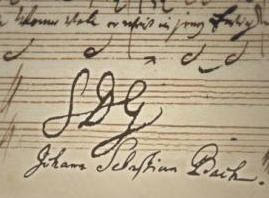The Fractal Partition of Bangladesh / India
Saturday, February 22nd, 2020[ by Charles Cameron — in and out, up and down, black and white, fractals, enclaves, exclaves and chhitmahals, the prophet Isaiah and the Virgin Mary — a wild spin through geographies, religions, people, peoples, and their maps ]
.
It’s remarkable, from a geotheological point of view, the prayers within prayers within orayers. But look at this excerpt from a Nation piece on a world without borders:
The so-called “Radcliffe line” separated a Hindu-majority India in the center from Muslim-majority East and West Pakistan on its wings, with a smattering of independent princely states throughout. But neat division wasn’t remotely possible, and what resulted was a labyrinthine confusion of over 100 enclaves (a portion of a nation entirely inside another nation), counter-enclaves (an enclave within an enclave), and even a counter-counter-enclave, in which a little pocket of India sat in a little pocket of East Pakistan which sat in a bigger pocket of India which was entirely enisled in East Pakistan.
The mind jumps to the Tai-chih symbol in Taois [left] and its implicit fractal presentation [right]m:
The thing is, one can map a single mini-me of the Tai Chih within the Tai Chih, but that’s about all the eye can manage, except when the symbol is blown up to all-size. But The Subcontinent is large enough for Indian within Pakistan within India within Pakistan — something we could abstractly represent using a target:
* in Cooch Behar
Well, here’s a map of what the French term LA VIE ENCHAÎNÉ — enclave within enclave within enclave:
Sensing that this sort of arrangement was unnecessarily complicated, India and Bangladesh have since done some land swaps to simplify matters, and moved villagers pof certain religious persuasions accordingly — and a certain complexity and perplexity is gone from the world map.
There’s a certain samenness, anyway:
A sari-clad woman tended to a small field of sticks of rolled cow dung, used as cooking fuel, bundling the ones that had baked in the sun and stacking them by a bamboo bench. A chicken, followed by four chicks, pecked nearby. If not for the corrugated metal barracks, we might have been witnessing village life almost anywhere in India, Bangladesh, or Pakistan, much as it had carried on for centuries.
That we could map with a simple white space:
**
A friend where I write has a tattoo:
It’s okay to not be okay
That’s an enclave, Tai-Chih style insight — brava!
**
And let’s wind up with two celebrated quotes from the Old and New Testaments, from Isaiah 40 (Deutero-Isaiah, for textual critics) and the Magnificat of the Virgin Mary:
:
Isaiah‘s verse is a fom of land-swap — but it wasn’t until a few days ago that I realized Mary’s Magnificat echoes Isaiah, transposing positions within social hierarchy for heights and depths in social standing.
**
Hm: I do seem to have noticed this echoing of Isaiah in the Magnificat before — see my post The trouble with moral high ground, which opoens with another interesting variant of high and low ground:
With the rise and fall of sea levels, sky levels, land emerges or submerges, mountain ranges with scattered lakes in their valleys transform into archipelagos, island clusters surge up to become continents — rise and fall, ebb and flow, wave upon wave..
I mean, really, what of the moral high ground?
and closes with yet another:
O ye’ll tak’ the high road, and I’ll tak’ the low road,
And I’ll be in Scotland afore ye






















